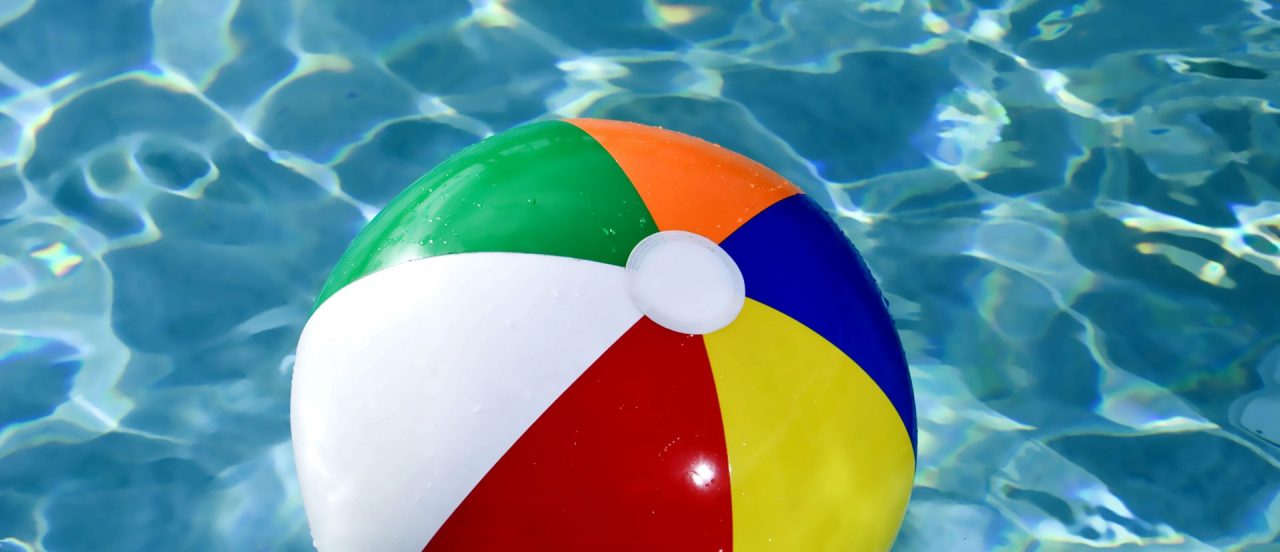The fourth panel discussion at the LeadershIP EU Roundtable was dedicated to the pros and cons of patent pools for Standard Essential Patents (“SEP”). This was a timely opportunity to reflect on recent evolutions, but also to contribute to an ongoing policy debate on the most suitable regulatory approach to pools. There was wide agreement among experts that patent pools for SEPs can be beneficial, and several experts recognized the promise of some of the more recent patent pool initiatives. Nevertheless, the debate also highlighted that pools are just one among several viable mechanisms for SEP licensing, and many experts argued against a regulatory intervention that would make participation in pool licensing mandatory. Indeed, the strength of the current regulatory approach to pools resides in the flexibility that it gives market participants in choosing the licensing strategy that is most appropriate for their situation. The panel also discussed more recent ideas, such as offering standard implementers the possibility to jointly negotiate with SEP owners.
By Justus A. Baron1
During the LeadershIP EU Roundtable on November 18, 2019, experts from industry, academia and the European Commission gathered in Brussels to discuss current issues and policy evolutions regarding the licensing of Standard Essential Patents (“SEP”). The discussions focused on topics of particular interest to emerging technologies such as the Internet
...THIS ARTICLE IS NOT AVAILABLE FOR IP ADDRESS 216.73.216.36
Please verify email or join us
to access premium content!

